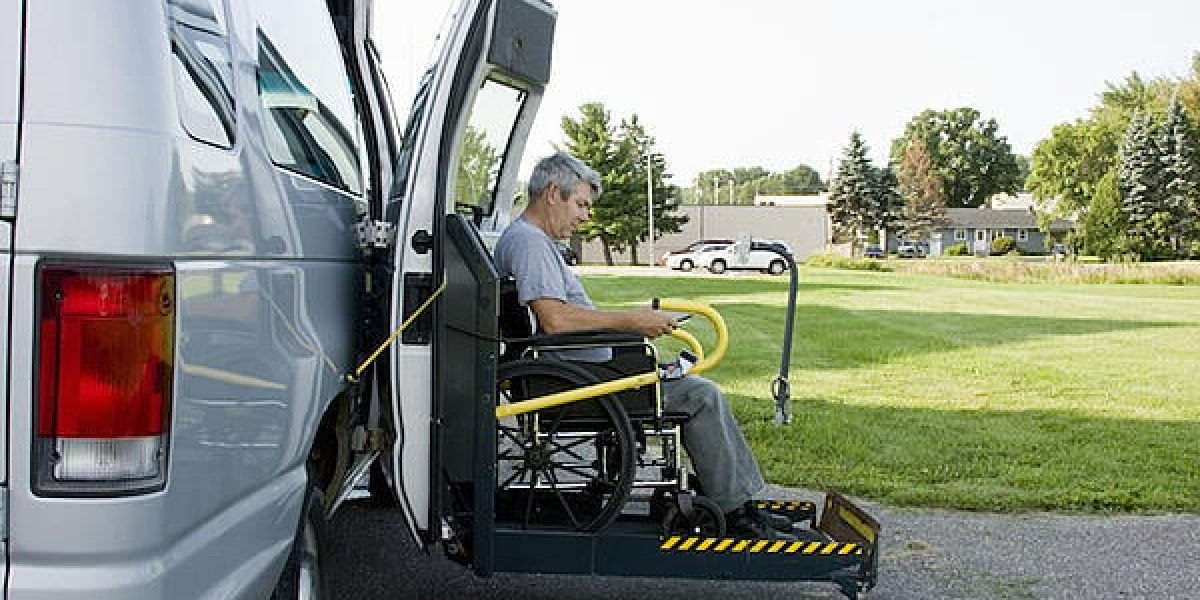Wheelchair Transportation is a critical aspect of daily life, providing mobility and independence for everyone. For individuals who use wheelchairs, accessible transportation is essential to ensure inclusion, safety, and equal participation in society. This article explores the challenges of wheelchair transportation, the available solutions, and the importance of creating a more inclusive transportation system.
Challenges in Wheelchair Transportation
Accessibility Barriers
Many transportation systems, particularly in older urban areas, were not designed with wheelchair users in mind. Lack of ramps, elevators, and designated spaces on public transit can make it difficult or impossible for individuals to travel independently.Cost and Availability
Specialized vehicles equipped with ramps or lifts are often more expensive than standard vehicles, making them less accessible to individuals and families. Additionally, accessible taxis or rideshare services may not always be available, particularly in rural areas.Safety Concerns
Ensuring the safety of wheelchair users during transportation requires specialized equipment, such as securement systems to prevent movement during travel. The absence of these features increases the risk of injury in case of sudden stops or accidents.
Solutions for Accessible Transportation
Public Transit Modifications
Many cities have begun retrofitting buses, trains, and subways with wheelchair-friendly features, including low floors, ramps, and designated spaces. Ensuring these are maintained and functioning properly is critical.Accessible Vehicles
Wheelchair-accessible vehicles (WAVs) equipped with ramps, lifts, and securement systems offer a reliable solution. These vehicles can be owned privately, rented, or accessed through specialized transportation services.Rideshare Innovations
Companies like Uber and Lyft have launched wheelchair-accessible vehicle services in certain cities, offering more flexible options for users. Expanding these services and ensuring drivers are trained in assisting wheelchair users can further enhance accessibility.Policy and Advocacy
Governments and advocacy groups play a crucial role in promoting accessible transportation. Legislation such as the Americans with Disabilities Act (ADA) in the United States mandates accessibility standards for public and private transport services. However, ongoing advocacy is necessary to ensure compliance and push for further improvements.
Importance of Inclusive Transportation
Accessible transportation promotes independence and equality, enabling wheelchair users to access education, employment, healthcare, and social activities. It also benefits society by fostering inclusivity and diversity. Investing in wheelchair-accessible transportation systems creates a more equitable environment, enhancing the quality of life for everyone.
Conclusion
Ensuring accessible and safe transportation for wheelchair users is not merely a matter of convenience but a fundamental right. By addressing barriers, investing in innovative solutions, and supporting inclusive policies, society can move toward a more equitable future. Creating a world where everyone can travel freely and safely is a goal worth striving for.









